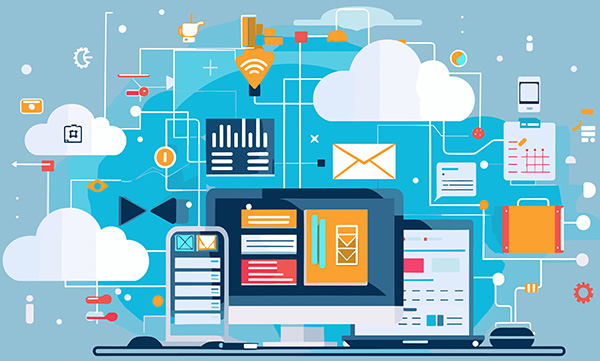What is Technology Enhanced F2F Course Facilitation?


What Are Some Benefits of Technology Enhanced Learning?
How Can Technology Impact Student Engagement And Learning?
To enhance student engagement, technology can be used in various ways. For instance, teachers can leverage interactive whiteboards or multimedia tools to create dynamic and interactive lessons that captivate students' attention and cater to diverse learning styles. By incorporating engaging digital content or gamified elements into lessons, educators can stimulate student interest and participation in the learning process.
Technology can be used for differentiation. Differentiating instruction using technology involves tailoring teaching methods to meet individual student needs. For example, adaptive learning software can adjust the pace and content of lessons based on students' performance, providing personalized learning experiences that cater to each student's strengths and areas for improvement. This approach ensures that all students receive instruction at a level that suits their unique learning requirements.
Project-based learning with technology allows students to apply their knowledge in real-world contexts, which engages the learners with the content. For instance, students can use digital tools to collaborate on multimedia projects or conduct research online to create presentations or videos that demonstrate their understanding of a topic. By engaging in hands-on projects that integrate technology, students develop critical thinking skills and deepen their understanding of the subject matter.
What Is The Impact Of Using Technology-Based Assessments?
Technology can also be utilized for assessing student learning effectively. Teachers can use online platforms for formative assessments like quizzes or surveys to gauge student understanding in real-time. These data can help an educator adjust their planned instruction to meet the needs of both struggling and advanced learners. Also, tools such as digital portfolios or multimedia presentations enable students to showcase their learning progress and achievements more interactively and comprehensively.
In conclusion, integrating technology into education offers many benefits for educators and students. By embracing technological tools thoughtfully and purposefully, teachers can enhance student engagement, differentiate instruction to meet diverse needs, facilitate project-based learning experiences, assess student learning effectively, and ultimately create a dynamic and enriching educational environment that prepares students for success in the digital age.
References